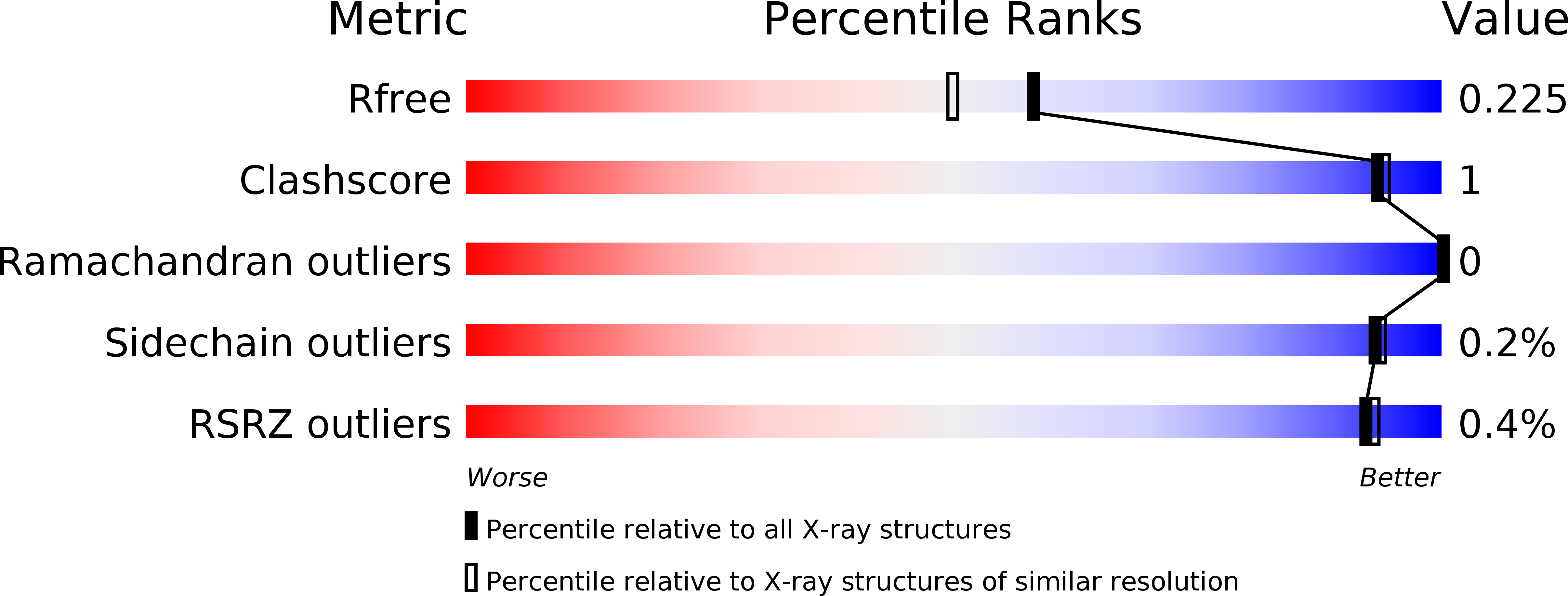
Deposition Date
2010-08-03
Release Date
2011-02-23
Last Version Date
2023-12-20
Entry Detail
PDB ID:
2XNJ
Keywords:
Title:
Crystal structure of an engineered Ferredoxin(flavodoxin) NADP(H) Reductase (FPR) from Escherichia coli
Biological Source:
Source Organism:
ESCHERICHIA COLI (Taxon ID: 562)
Host Organism:
Method Details:
Experimental Method:
Resolution:
1.90 Å
R-Value Free:
0.22
R-Value Work:
0.18
R-Value Observed:
0.18
Space Group:
C 1 2 1


